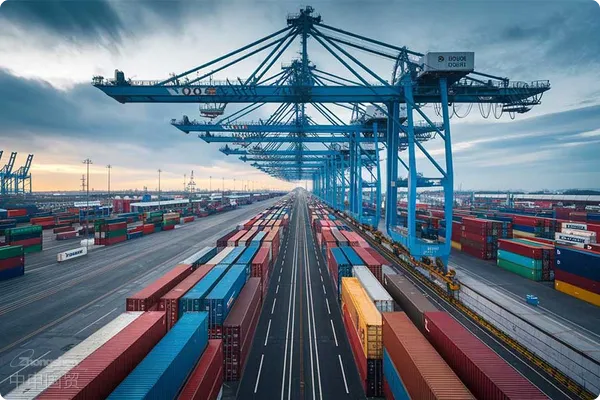- Shanghai Zhongshen International Trade Co., Ltd. - Two decades of trade agency expertise.
- Service Hotline: 139 1787 2118

Contents
ToggleYourEquipment ImportsAre there any such oversights in the plan?
In the field of international trade, equipment imports have become a critical area due to their high value, stringent regulations, and complex operational procedures.foreign tradeThe most technically demanding segment within agency services. According to the latest 2025 customs statistics, the error rate in import declarations for electromechanical equipment has increased by 17% compared to the previous year, with 45% of these declaration issues directly resulting in cargo detention at ports or administrative penalties.
The Three Core Challenges of Equipment Importation
Unlike ordinary goods trade, the entire process of equipment import involves special risk control points:
- Qualification Barriers: Industrial boilers require a special equipment license, while CNC machine tools involve dual-use item approval.
- Customs clearance pitfalls: Residual lubricating oil in second-hand equipment may trigger hazardous chemical declarations, and transporting the entire machine after disassembly can easily lead to the misuse of HS codes.
- Tax blind spot: Royalties are often overlooked when included in the dutiable value, and technical service fees generated during equipment debugging carry a risk of double taxation.
Four-Dimensional Value Model of Professional Agency Services
- Access Prejudgment System:
- Start product preparation 6 months in advance.3CCertification Path Planning
- Pre-approval Service for the Registration Form of Imported Electromechanical Products (EMC)
- Tariff optimization plan:
- Declaration of Duty-Paid Price under Transfer Pricing Strategy
- Technical Application for Modular Functional Splitting of Equipment
Key Updates to Import Policies for 2025
In accordance with Announcement No. 83 of the General Administration of Customs, the key regulatory priorities for this year include:
- The residual value assessment of second-hand equipment adopts the dynamic depreciation calculation method.
- The import of machine tools is subject to full coverage of destination inspection.
- The intensity of verifying the consistency between equipment nameplate information and declared parameters has been increased by 200%.
Practical Case: Resolving a Semiconductor Company's Equipment Customs Clearance Crisis
A wafer manufacturing company encountered the following when importing a lithography machine:
- Disputes over classification due to missing original technical documentation.
- Temperature control failure during transportation raises concerns over equipment performance.
Professional agency team approvedThree - step response strategy:
- Complete third-party testing report certification within 72 hours.
- Initiate the advance ruling procedure to confirm the commodity code.
- Utilize the AEO system to shorten inspection and release time
Ultimately, it helped the enterprise avoid direct economic losses of 3.8 million yuan and saved 21 working days in customs clearance.
Golden Standards for Selecting Agency Services
- Customs clearance accuracy rate: Request to provide operation cases of the same category of equipment from the past three years.
- Emergency response mechanism: The commitment to handling inspection exceptions should be precise to the hour.
- Tax Retrospective Guarantee: The declared dutiable value must include provisions for three years of customs audit response.
In the professional arena of equipment importation, selecting an agency with genuine end-to-end service capabilities is not only crucial for logistics efficiency and cost control but also serves as a vital safeguard for corporate compliance. It is recommended that importers focus on evaluating three core indicators of the agency: technical documentation processing capabilities, case database for customs dispute resolution, and innovation in tax planning solutions, to establish a truly secure and efficient equipment import system.
Related Recommendations
? 2025. All Rights Reserved. Shanghai ICP No. 2023007705-2  PSB Record: Shanghai No.31011502009912
PSB Record: Shanghai No.31011502009912










